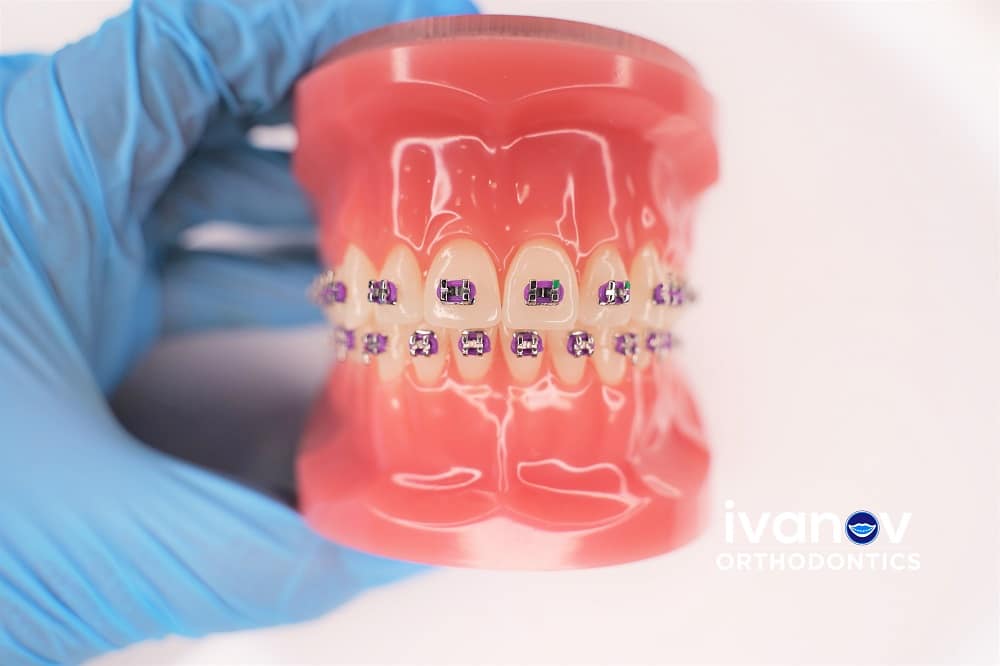Braces are the most common orthodontic appliance used to correct a variety of bite problems
How do I fix my overbite? If you are unhappy with the way your teeth look and feel, you may be asking yourself this question. An overbite occurs when there is too much distance between the upper front teeth and lower jaw, when compared to the width of the upper jawbone and tongue. This creates an overbite where your upper teeth rest in front of your lower lip or chin. Overbites can vary from mild to severe and can affect only one tooth or several teeth at once, making them difficult to correct with braces alone.

Why do you need braces?
Before you can address how to fix overbite, it’s important for you and your dentist to agree on what specific oral problem(s) need addressing. Your treatment plan will depend largely on whether you have underbites or overbites; how severe these issues are; if there is crowding in certain parts of your mouth; and/or if there is any rotational misalignment (i.e., when some teeth do not point straight ahead). You should discuss all treatment options with your dental professional before moving forward with any treatment.
How long will they last?
Orthodontic appliances such as braces are typically worn for 1–2 years. Although their duration depends on how severe your malocclusion (improper alignment) is, you should expect to wear your brace for about 20%–30% of your treatment time. For example, if you have an 18-month treatment plan, you can expect to wear your brace for about 6 months. In some cases, it may take longer than 2 years to complete orthodontic treatment; in these instances, several appliances may be necessary and your braces will likely need replacement. Different types of appliances (such as headgear) also come with different expected wear times.
When should I get them?

Experts recommend braces for children and adults with misaligned teeth. Although there’s no single reason that explains why some people wear braces, it’s usually because they want straight teeth. Many people who wear braces don’t have any major dental problems—they just have minor issues like crowding, spacing or underbites that they would like to change. This includes having crooked teeth or gaps between their front teeth. Your dentist can tell you if you need an orthodontic device such as braces or retainers, or maybe even both. However, before making these decisions, you should discuss your options with him first and take time to think about what is right for you.
What kind of brace treatment is right for you?
There are several different types of braces, including lilac braces and clear aligners. In deciding which type is right for you, take into account your dental and medical history as well as your financial situation. Each option has its own pros and cons; if you’re considering getting braces, consult with your dentist or an orthodontist so that you can make an informed decision about which one is best for you.
Is Invisalign right for me?
An overbite refers to any condition where your upper teeth extend beyond your lower teeth. Braces can be used to change an overbite. If you’re considering getting braces, it’s important to know what type of work you need done on your teeth and how it can be corrected before committing to braces or another form of treatment. An Invisalign invisible-alignment system is a popular option for correcting an overbite that doesn’t require traditional braces but provides similar results. Here's how Invisalign works and if it might be right for you.
Things To Do While In Treatment
In between your appointments, there’s plenty you can do to speed up treatment. Don’t be discouraged if you don’t see improvement right away; over time, your teeth will respond to their new positions. If something hurts or feels uncomfortable, be sure to bring it up with your dentist or orthodontist. Here are some tips for getting through braces

Comments
Post a Comment